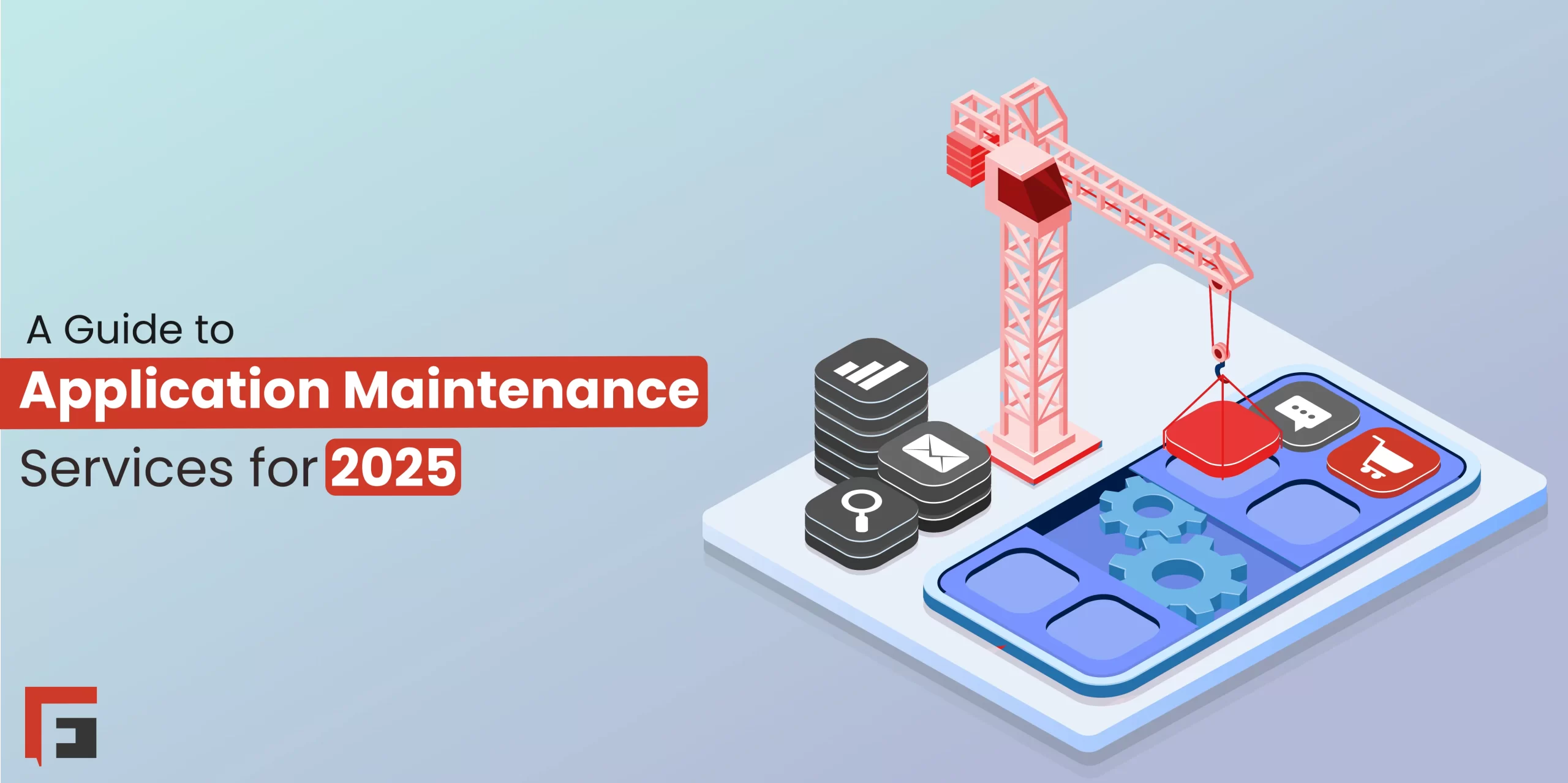
How to Ensure Compatibility of Application Maintenance with Enterprise Software
| Author: | Hagar Hadad |
|---|---|
| Last updated: | |
| Categories: | Application Maintenance |
| Reading time: | 6 mins |
Software is the backbone of most business operations. These platforms are deeply embedded in daily workflows, decision-making processes, and customer engagement strategies.
That’s why when it comes to maintaining applications that interact with or depend on these enterprise systems, compatibility is not just a nice feature to have, it’s a business-critical requirement.
Ensuring compatibility can help your business reduce downtime, avoid costly errors, and enable smooth business operations.
Why Compatibility Matters
Before understanding how to be compatible, it’s worth understanding why it’s important to be compatible, especially in application maintenance.
Enterprise software is dynamic; vendors frequently release updates, patches, and new versions.
Because of these changes, APIs, database schemas, user interfaces, and system behaviors can be easily impacted. If your application isn’t properly maintained to stay compatible, you risk the following:
- System outages or downtime
- Data loss or corruption
- Security vulnerabilities
- Increased technical debt
- Business process disruptions
All of these are risks your business is better off without. Downtime, for instance, can greatly impact you; the Ponemon Institute revealed that the average cost of downtime is $9,000 per minute.
Compatibility ensures that your application continues to perform as expected in coordination with other systems, enabling continuous service delivery and a seamless user experience.
How to Ensure Compatibility of Application Maintenance with Enterprise Software
There are a few things you can do for your business to ensure that your enterprise software is compatible with the application maintenance you do, including the following:
- Always Keep Documentation
To maintain compatibility, it’s important to stay up to date with documentation of the software architecture, all integrations with enterprise platforms, including APIs, data exchange formats, authentication methods, and dependencies, and all maintenance activities to simplify troubleshooting and facilitate team understanding.
It’s also advised to have an inventory of third-party tools and plugins that interact with the enterprise system. While documenting all of these, work on ensuring version tracking for both your application and the enterprise software it depends on.
- Proactive Monitoring
Having tools that continuously monitor your application’s performance will help in identifying potential issues before they become a serious problem. These tools can also monitor error logs and user behavior before they impact the customer.
By dealing with issues early, you can prevent them from escalating into larger production problems. For instance, if your team caught a problem early on, you could easily avoid losing a huge amount of money on reactive approaches and instead spend it on a useful update.
- Continuous Testing
Testing and monitoring are both equally important; they both help you improve your system. However, relying on periodic testing is no longer sufficient in a fast-paced enterprise environment.
Instead, it’s advised to adopt continuous integration and automated testing strategies that account for compatibility. While working, start by setting up automated regression tests that simulate interactions with enterprise systems. Additionally, work on performing sandbox testing with newer versions of enterprise software before official rollouts.
- Maintain Skilled Teams
Ensuring compatibility isn’t just a technical issue; it’s also a people issue. Your team’s skills, communication, and awareness play a big role.
What you should do is to train developers and support staff on the enterprise platforms they interact with. Also, encourage cross-functional collaboration between application developers, testers, software enterprise architects, and other teams.
Doing this, you’ll be creating an environment where knowledge is shared between teams to document lessons learned and best practices. Companies that understand the broader enterprise context are better equipped to ensure compatibility.
- Use Feedback Loops and Incident Data
Learning from your system’s past behavior can help you improve future compatibility efforts. This is why it’s important to analyze incident tickets and root cause analyses to identify recurring compatibility issues and learn from them.
Also, always use feedback from end users to detect subtle incompatibilities in workflows or performance and build dashboards and KPIs to track system health, downtime, and integration errors. A data-driven approach helps continuously refine your maintenance strategy.
Work with FlairsTech
At FlairsTech, our aim is to satisfy our clients. We always ensure that our customers are happy and comfortable by offering the best application maintenance and support services available. The company can be found in several places, including North America, Europe, and Africa, with over 1,000 experts.
We offer a wide range of application maintenance and support services, including web applications, mobile applications, desktop applications, enterprise applications, cloud-based applications, and application programming interface services.
We have over 400 applications maintained, achieving 40% higher system efficiency and 30% lower operational costs.
In addition, we have 24/7 support because of our international customer base. We also adhere to security standards, including GDPR compliance and our ISO 27001 & 9001 certifications. If this interests you, contact us for more information!
Because change is becoming a constant aspect of business, compatibility is crucial. Ensuring your application remains compatible with enterprise software requires a mix of technical discipline, proactive planning, and collaborative teamwork.
Frequently Asked Questions
- What is application maintenance in enterprise software?
Application maintenance in enterprise software refers to the ongoing process of updating, optimizing, fixing, and ensuring the smooth operation of applications that are integrated with or reliant on larger enterprise systems.
- Why is compatibility important in application maintenance?
Compatibility ensures that your application continues to function correctly with evolving enterprise systems. Without it, updates to the core software can cause outages, data corruption, security risks, and business disruptions.
- What are best practices for maintaining application compatibility with enterprise platforms?
Best practices include the following:
- Regular testing and monitoring
- Strong change management processes
- Using abstraction layers for integrations
- Training teams on enterprise systems
- Staying aligned with vendor release cycles
- What are common risks of not ensuring application compatibility with enterprise software?
Common risks include system downtime, loss of critical business data, compliance violations, poor user experience, and increased maintenance and support costs.
- What is continuous monitoring and why is it important for compatibility?
Continuous monitoring involves real-time tracking of application performance and integration health. It helps detect issues early, like API failures or slow response times, before they affect users or business processes.
- What are the signs of an application compatibility issue?
Common signs include the following:
- Application crashes or freezing
- Failed data transfers
- Broken integrations or APIs
- User login failures
- Slow performance after updates
- Error messages tied to third-party systems






